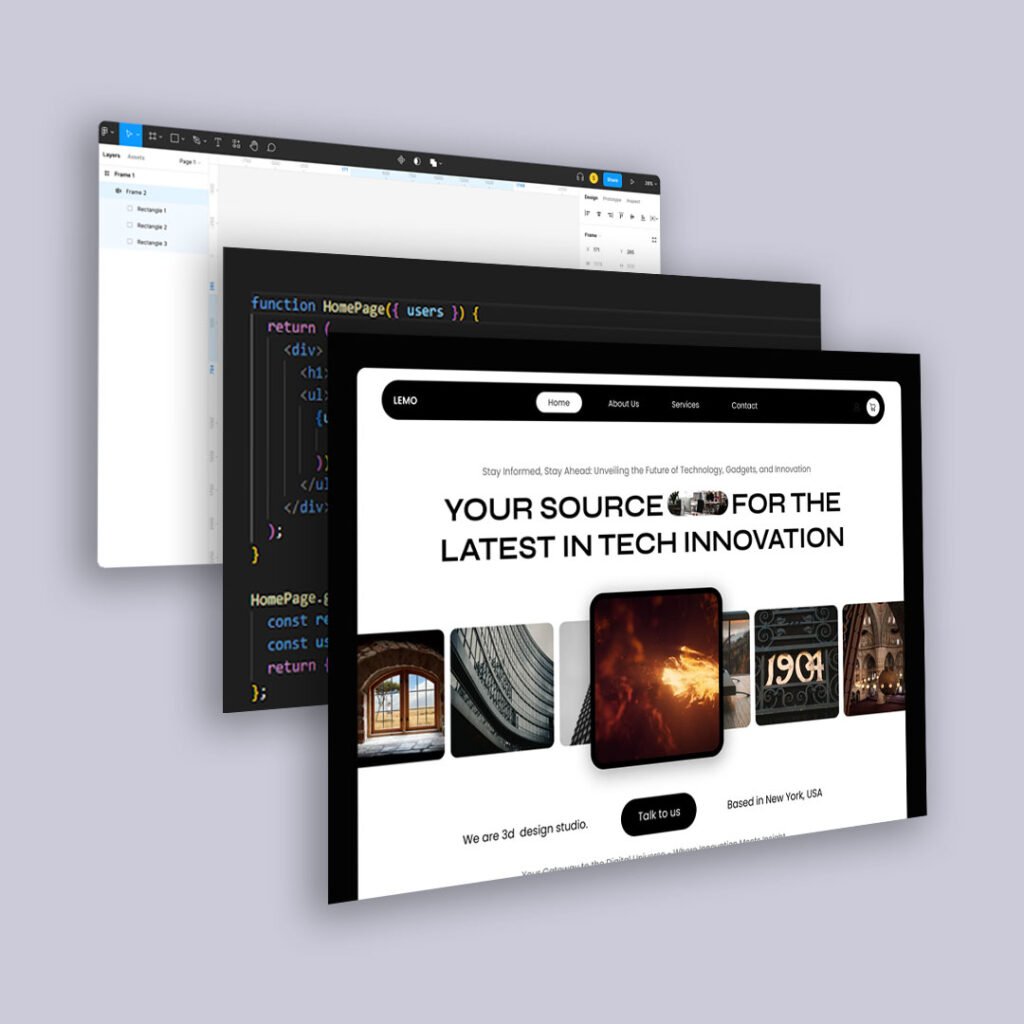Define success before you edit
Editing only makes sense when you know what “good” looks like. Set one outcome at the top of the doc, then edit toward it.
Examples: a landing page is “good” at a 3% demo conversion or better. A long-form post is “good” when median time on page clears 2:30 and at least 8% of readers click to a next step. A brand story is “good” if most test readers can explain what you do in one plain sentence after a single pass. Without a target, polishing becomes guesswork.
Why extra passes often backfire
Extra passes feel like care. Often they dilute the parts that work. Here is a common pattern I see: the first clean draft of a pricing page converts at 2.1%. Two additional passes shift tone, blur the proof, and move the CTA below competing links. Conversion drops to 1.6%. Nothing about the offer changed. The edits made the page less clear. If a change does not improve clarity, proof, or guidance to action, it usually lowers performance.
A three-pass workflow that protects the spark
Use three purposeful passes and stop unless there is a factual issue.
Pass one: Point and proof. Write a one-sentence purpose at the top, such as “This page persuades operations leaders to book a demo by proving we cut project time by a third.” Put a number, a short case, and a recognizable brand cue in the first view. Cut anything that does not serve the purpose.
Pass two: Reader path. Make the first view answer three questions in order: Is this for me, what do I get, what should I do next. Arrange the rest as one scroll story from hook to proof to how it works to a single primary CTA.
Pass three: Surface clean. Tighten for clarity, coherence, and correctness. Remove hedges like “may” and “can” unless compliance requires them. Then ship to a live test, even if you start small.
What to watch in the first 48 hours
You do not need a full dashboard. Track a few fast signals and learn in public.
Are at least 60% of visitors clicking or scrolling beyond the hero band? Do half of them reach or interact with the proof block? Is the primary action rate holding or rising relative to baseline? For a quick qualitative read, ask five people after they finish: “In one sentence, what do we do?” If four of five get it right, the message is landing.
Before and after, in practice
Before: “Our integrated platform empowers teams to streamline workflows and maximize outcomes.”
After: “Finish projects 32 percent faster. Replace three tools with one dashboard. See bottlenecks in real time.” Add a proof line under the CTA: “Acme cut cycle time from 9.1 days to 6.2.”
The second version is specific and testable. You can see which element carries the weight and adjust with real data.
Keep reviews from turning into scope creep
Most scope creep starts with open-ended feedback. Replace “thoughts” with a short prompt: state the point of the piece in one sentence, note what is unclear for the intended reader, and flag the weakest proof. Accept edits that improve point, path, or surface. Park everything else for version two. Give one person clear ownership of the final call and a decision date. That single move speeds decisions and protects the idea that made the work interesting.
A simple plan you can run this week
Pick one live asset. Write the outcome at the top. Run the three passes in a single sitting with a strict time box for each. Publish to a small audience if needed. Track hero interaction, proof consumption, and your primary action rate for two days. If numbers drop, change one variable at a time. If they rise, scale the winner and move on.
Closing thought
Over-editing looks like quality control. In practice it slows learning and sands off the edges people remember. Define success in numbers, build the proof into the first view, and give readers one clear path. Then let the results tell you what to change next.
If you share the next draft and the outcome you care about, I will mark exact lines to tighten, propose a stronger hero and subheads, and give you a two-day measurement plan so this turns into results, not theory.





